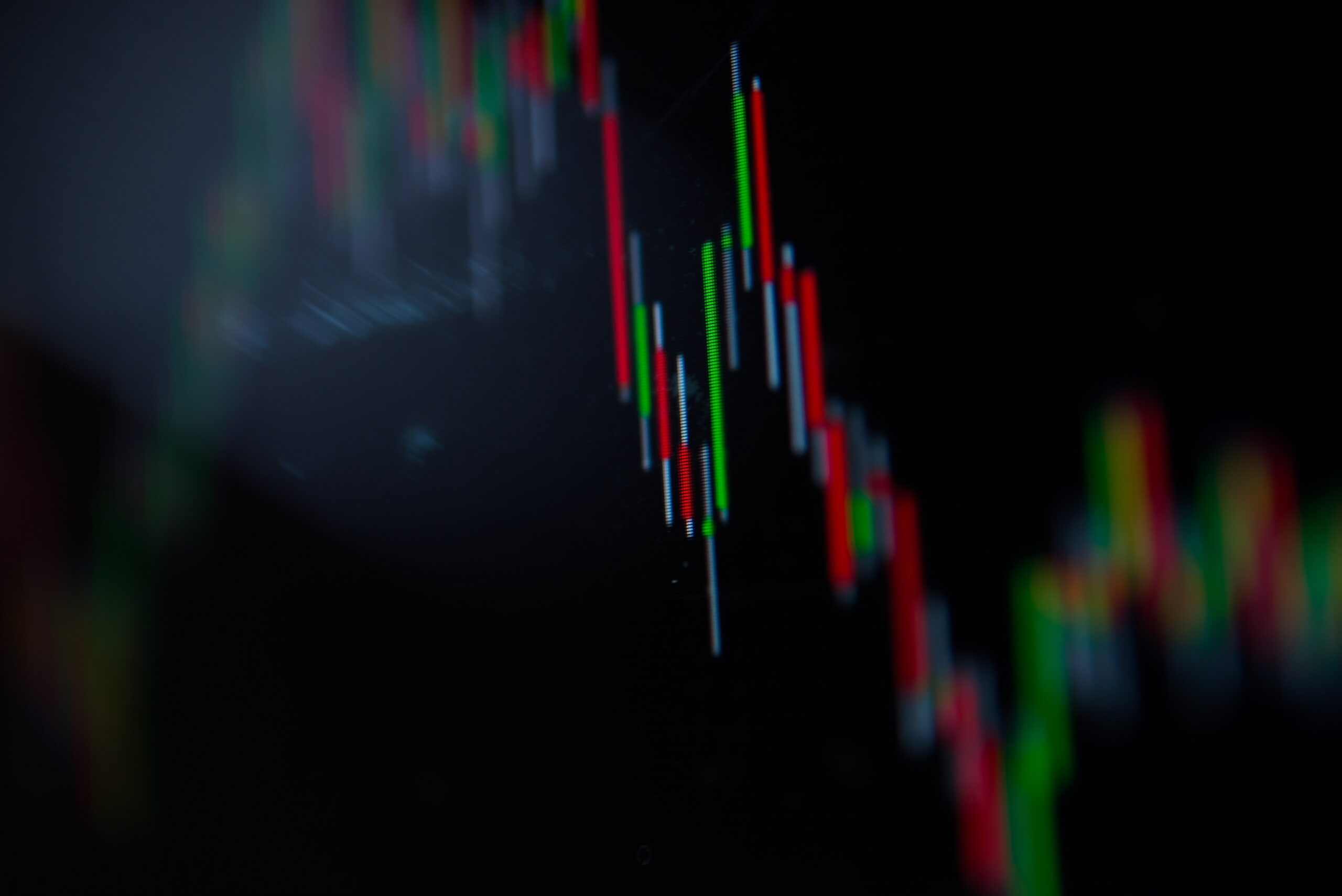What’s The Deal With DeFi Composability? | Navigator
Review Date: January 9, 2022
It’s a hot and rising topic, so let’s break it down.
The textbook-style definition of composability refers to the interoperability of DeFi protocols to build efficient and creative financial services or products for DeFi end-users. In the same way that musical composers combine sounds to make beautiful music, fintech developers can combine various DeFi protocols in order to make something uniquely useful. Use cases on platforms like Aave, Yearn, Synthetix, Curve, and RenVM can be “stacked” on top of each other in order to create novel financial products.
Imagine combining a decentralized exchange with leveraged trading capabilities. Now imagine that such a thing is actually easy to implement. By boiling these functionalities down to their basics, we get a variety of “DeFi primitives” that can fit together like Legos in order to make a new product. So composability is about taking the best of various DeFi platform functionalities and getting them to work together in a completely new way.
This is already happening now, and some smart money says it’s going to be a major theme for 2022. If you don’t know the name Kyle Samani, he’s the co-founder and managing partner of Multicoin Capital, and his firm is on the map for being early to Solana (and for continuing to be extremely long on the asset).
If 2021 was the year that gave us NFTs and Metaverse, then those wanting a window into 2022 ought to check out the tweet Samani has pinned to his Twitter page. It’s a ringing endorsement of composability being the narrative for the year to come.
To be clear, Samani is highly incentivized to make a prognostication like this. Remember, his company owns many, many big bags of $SOL, and Solana beats layer two Ethereum at blockchain bridging — at least, it does for now.
If you’d like to learn more about Samani’s ideas on composability as the dominant theme in crypto for 2022, just visit his tweet or watch the linked YouTube keynote there. The man himself can take you many steps further into his reasoning on why composability matters so much.
Bottom line: Composability is about more easily building fintech products that matter and some platforms are better at it than others. Only time will tell if this narrative emerges in a big way in 2022.
Jamie Dimon And Crypto: The Love Story We’re All Waiting For
JP Morgan Chase CEO Jamie Dimon has long been one of crypto’s biggest enemies on Wall Street. As the chief executive of the United State’s largest bank by total assets, this probably doesn’t come as any surprise. Yet Dimon has been especially spiteful in his statements against the asset class. He has called crypto everything from a “fraud” to “worthless” to “fool’s gold,” and once even threatened to fire JP Morgan employees if they traded Bitcoin.
But what if this story changed completely? What if Dimon pulled a 180 and instead made JP Morgan a leader in the crypto space?
By way of background, JP Morgan already has plenty of experience with blockchain technology. They even launched their token called JPM Coin on Onyx, a blockchain built by JP Morgan. In August 2021, the bank quietly began offering their private banking client’s access to six crypto funds, four of them being Grayscale funds. Sources within JP Morgan asked to remain anonymous when speaking about the offering, citing Dimon’s disdain for Bitcoin as the reason.
JP Morgan has shown a clear interest in digital asset infrastructure. Should Dimon flip his position and embrace cryptocurrencies, the crypto market may see a jolt, unlike anything we’ve seen before. The announcement would likely accompany a sharp increase in cryptocurrency prices as other banks expand their crypto offerings. Jamie Dimon could theoretically legitimize crypto exposure for the rest of the legacy market and those who are already exposed stand to reap significant rewards from that.
It only calls for him to make an about-face on his current position. Let’s see how it goes.
Bottom line: Profitable opportunities in crypto will eventually become too good for a capitalist to pass up. Given the quiet rollout of offering crypto funds to JP Morgan clients, it seems within Dimon’s capability to change his opinion on crypto.
How To Set Up Your First Polkadot Wallet
Want to get into interoperability? Want to securely transmit value across blockchains that would otherwise be incompatible with each other? You need a Polkadot wallet!
If you’ve ever installed a browser extension before, then you already know everything you need to know in order to competently get your Polkadot wallet up and running. If you’ve previously installed the MetaMask extension in particular, then the process will be deadly familiar!
We’re going to demo this process using the Chrome web browser. If you use a different browser, that’s no big deal — the process will be nearly identical. It’s simply a matter of getting the Polkadot.js extension installed.
1: Visit the Polkadot.js homepage.
You can click here to check it out. This is your primary resource for getting started in Polkadot.
2: Click on the “Download for Chrome” button.
If you’re using Firefox, simply click the other button. In our case, we’re taken to the official Chrome Web Store page for the Polkadot.js extension. Don’t let the word “store” throw you off, this is completely free to install and use.
3: Click on “Add to Chrome.”
This will bring up a popup confirmation that you actually want to do this. Of course you do! Interoperability is awesome! Click on “Add extension.”
4: You’ve now got a Polkadot wallet working in your Chrome browser.
Congratulations, the hardest part is done!
5: We recommend “pinning” the extension so that it’s always visible and you have easy access to it.
Just click on the puzzle piece image, then click on the pin next to Polkadot.js. This will keep the extension in your browser so that you can access it with a single click.
6: Create your first account and keep your seed phrase in a safe place.
Here we are at the end! Follow the instructions in the interface from here — you’ll need to capture a seed phrase (a collection of random words that function as a password) in order to protect your access to any account you create, but after that, you are off to the races. Congrats!
Bottom line: Getting your Polkadot wallet up and running is as easy as installing the Polkadot.js browser extension. That process is effectively identical to installing MetaMask.
True Confessions of a KuCoin Trader
High conviction and low frequency, that’s the name of my trading game for 2022. I am not overly concerned with things like stochastic volatility and moving averages. I’m instead much more interested in narratives and human opinions. Through this lens, it might be more accurate to retitle this column “True Confessions Of A KuCoin Investor” as opposed to “KuCoin Trader,” but here we are anyway.
I hold four crypto positions of consequence as I write this — Polymath, Near Protocol, Curve DAO, and Fantom — and I intend to hold these babies long term. This is a big departure from how I was previously approaching the crypto markets. I was following Token Metrics’ weekly indexes, letting the AI do my thinking for me. It felt like trading with training wheels on. No thought required, just do what the magic computer says and you’ll generally come out ahead that week.
But at the risk of bigging myself up a bit, I’ve outgrown those training wheels. Given the savvy crypto community I associate with, the media outlets I read, and the theories I form based on these interactions, my investing approach is becoming much more holistic.
I still derive great value from the Token Metrics platform, however — it’s a strong tool for double-checking my investment theories before I pull any trigger. For example, I initially got hooked on the NEAR narrative, so I checked its Token Metrics grade and found it to be highly satisfactory. Furthermore, NEAR appeared in the daily, weekly, and monthly indices that I track for KuCoin. It’s easy to interpret these signs as confirmation of my buy theory, so I bought.
Crypto topics are as mainstream as they’ve ever been, and it’s only going to continue more in that direction. Investing in this stuff used to be all about niche financial technology. Now we’re talking about much more approachable crypto angles like gaming, metaverse, and the like. The tipping point is near!
I’m excited for the year to come, and honestly, I’m just chasing my first 10x. I will happily settle for a 100x as well 😉




